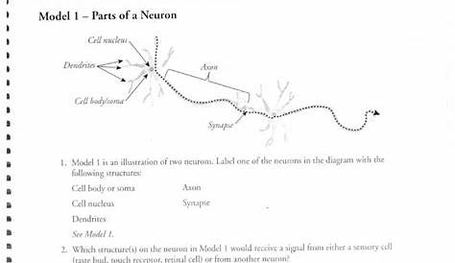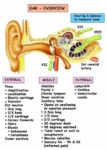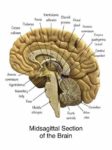The human skeleton, an intricate internal framework, serves as the structural backbone for our bodies. Comprising numerous individual bones and cartilages, it provides essential support, protection, and facilitates movement. Let’s delve into the fascinating details of this remarkable system.
## Axial Skeleton
The axial skeleton forms the central axis of the body. It consists of the following components:
1. Vertebral Column (Spine):
– The vertebral column, akin to the notochord in lower organisms, is the primary support for the trunk.
– Comprising 33 vertebrae, it extends from the skull to the coccyx.
– These vertebrae are categorized into five regions: cervical (neck), thoracic (chest), lumbar (lower back), sacral (pelvic), and coccygeal (tailbone).
– Intervertebral discs cushion and allow flexibility between adjacent vertebrae.
2. Skull:
– The skull safeguards the brain and houses sensory organs.
– It consists of 22 bones, including the cranium (protecting the brain) and facial bones (forming the face).
– The mandible (lower jaw) and maxilla (upper jaw) play crucial roles in chewing and speech.
3. Hyoid Bone:
– The hyoid bone, part of the visceral subdivision, lies in the throat.
– It anchors muscles involved in swallowing and speech.
## Appendicular Skeleton
The appendicular skeleton comprises bones and cartilages related to the limbs and their attachment points:
1. Pectoral (Shoulder) Girdle:
– The pectoral girdle includes the clavicle (collarbone) and scapula (shoulder blade).
– These bones connect the upper limbs to the axial skeleton.
2. Pelvic (Hip) Girdle:
– The pelvic girdle consists of the ilium, ischium, and pubis bones.
– It supports the lower limbs and protects pelvic organs.
3. Upper Limbs:
– Each upper limb comprises the humerus (upper arm bone), radius, and ulna (forearm bones).
– The carpals (wrist bones), metacarpals (palm bones), and phalanges (finger bones) complete the upper limb.
4. Lower Limbs:
– The lower limb includes the femur (thigh bone), patella (kneecap), tibia, and fibula (leg bones).
– The tarsals (ankle bones), metatarsals (foot bones), and phalanges (toe bones) form the rest of the limb.
## Functions of the Skeleton
1. Support:
– The skeleton provides a sturdy framework, maintaining body shape and preventing collapse.
– The vertebral column, especially, ensures upright posture.
2. Protection:
– Bones shield vital organs. For instance, the skull protects the brain, and the ribcage guards the heart and lungs.
3. Motion:
– Joints, where bones meet, allow movement.
– Muscles attach to bones via tendons, enabling locomotion.
In summary, the human skeleton, with its intricate divisions, plays a multifaceted roleproviding support, safeguarding organs, and allowing us to move through life’s journey. ???????
: [Britannica](https://www.britannica.com/science/human-skeleton).
o



